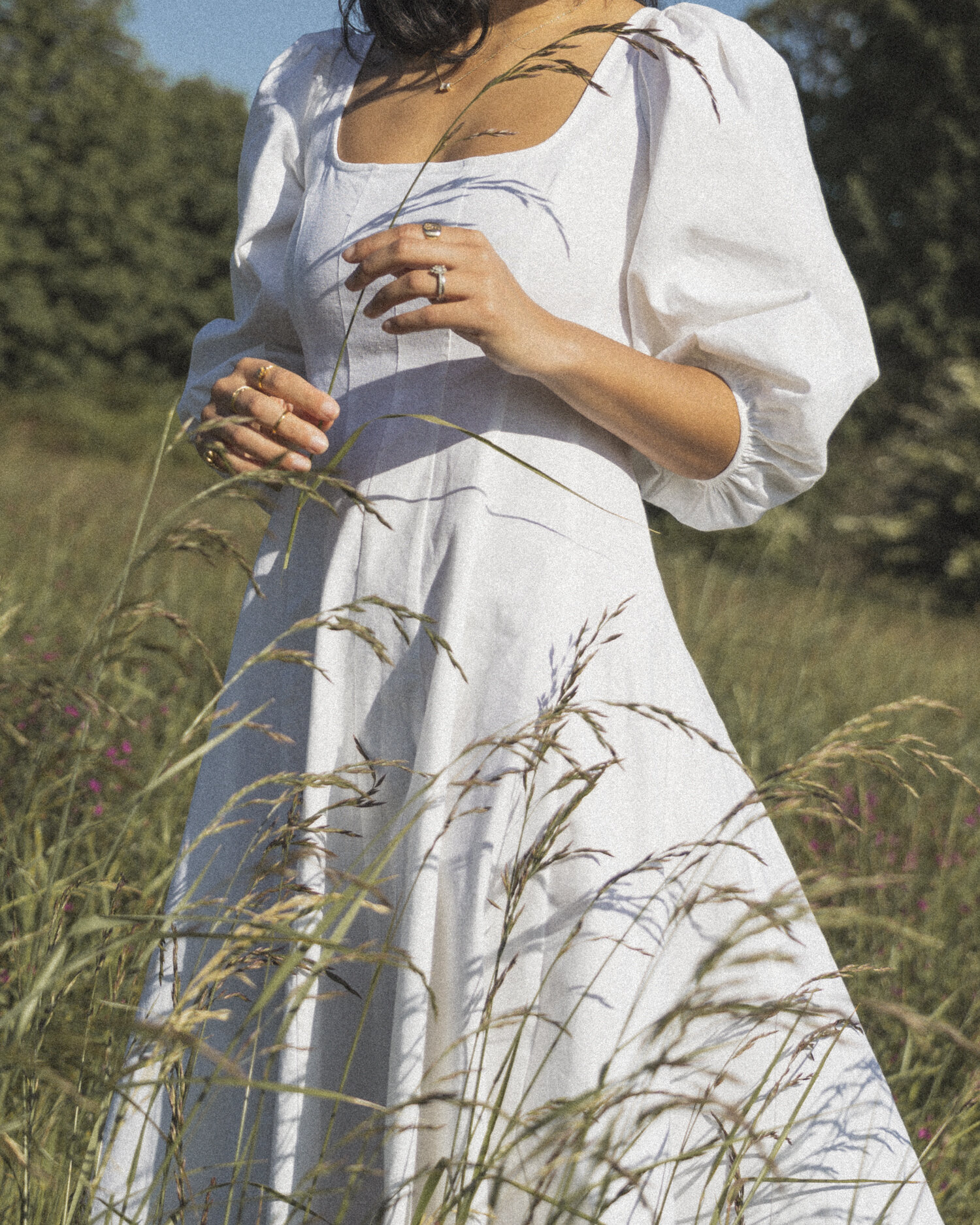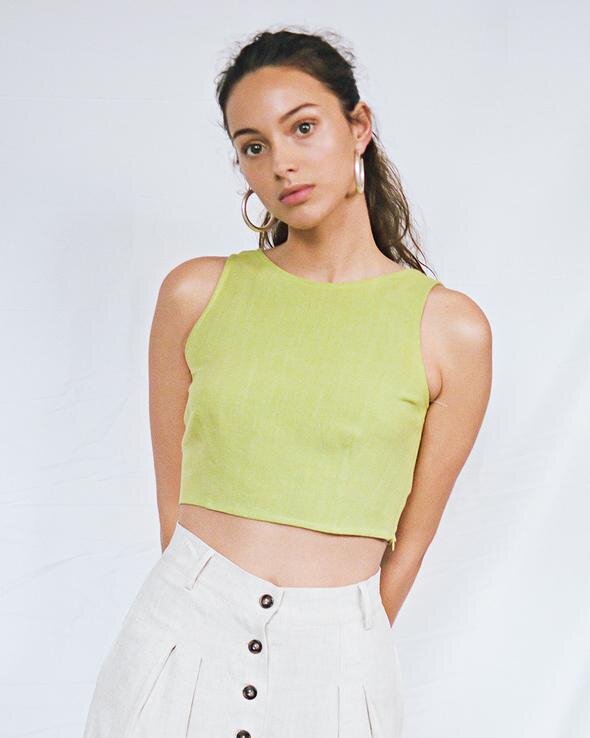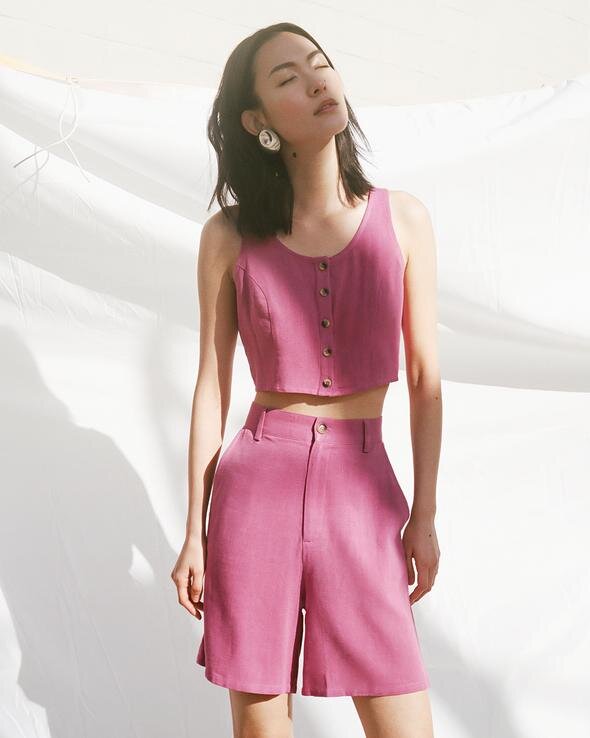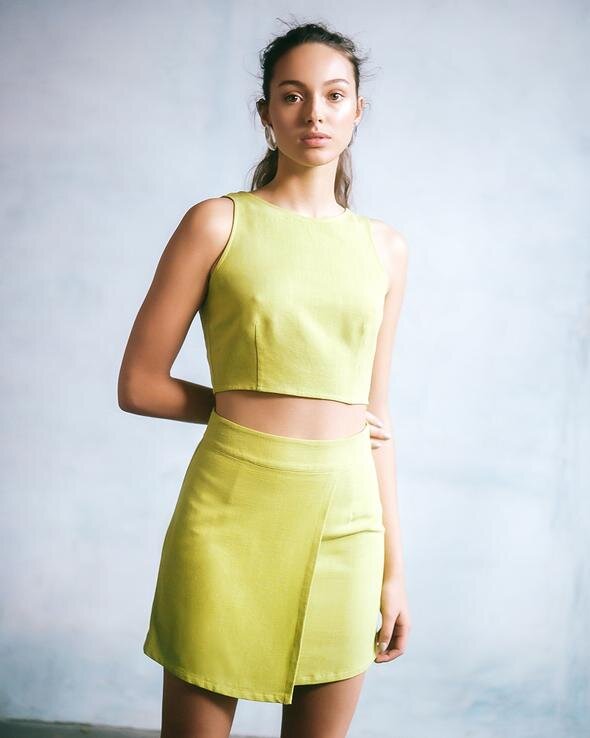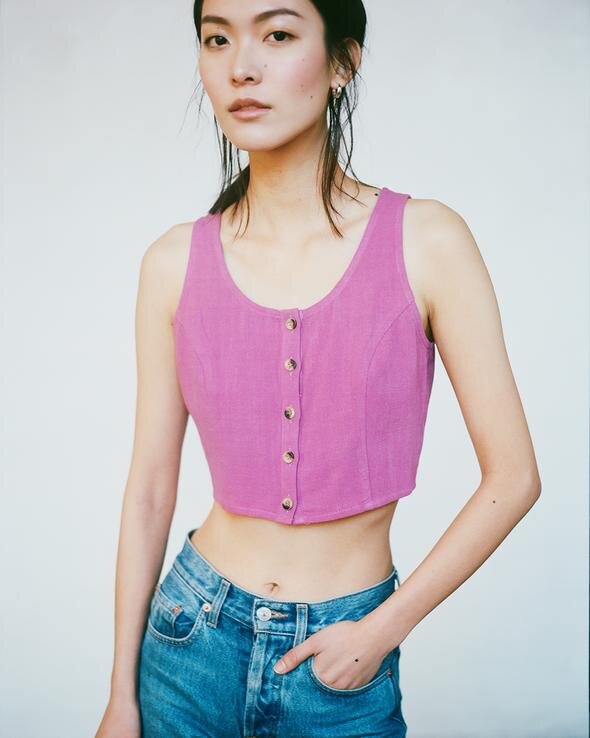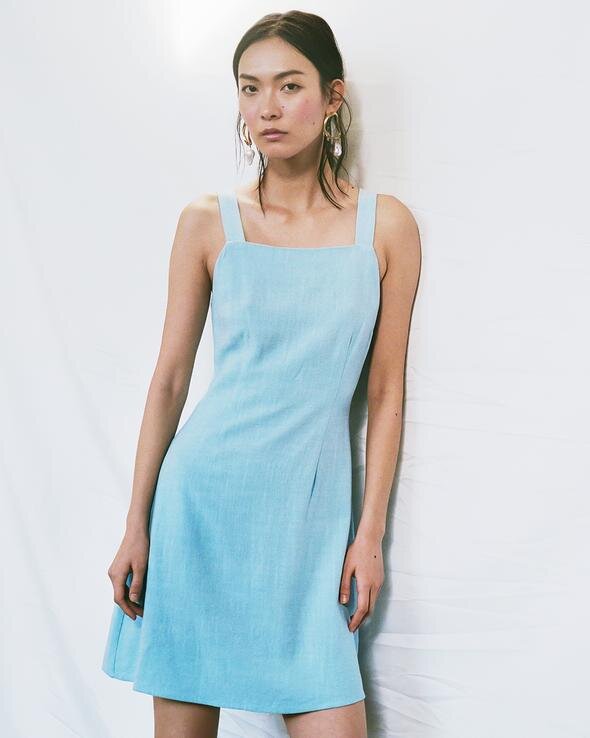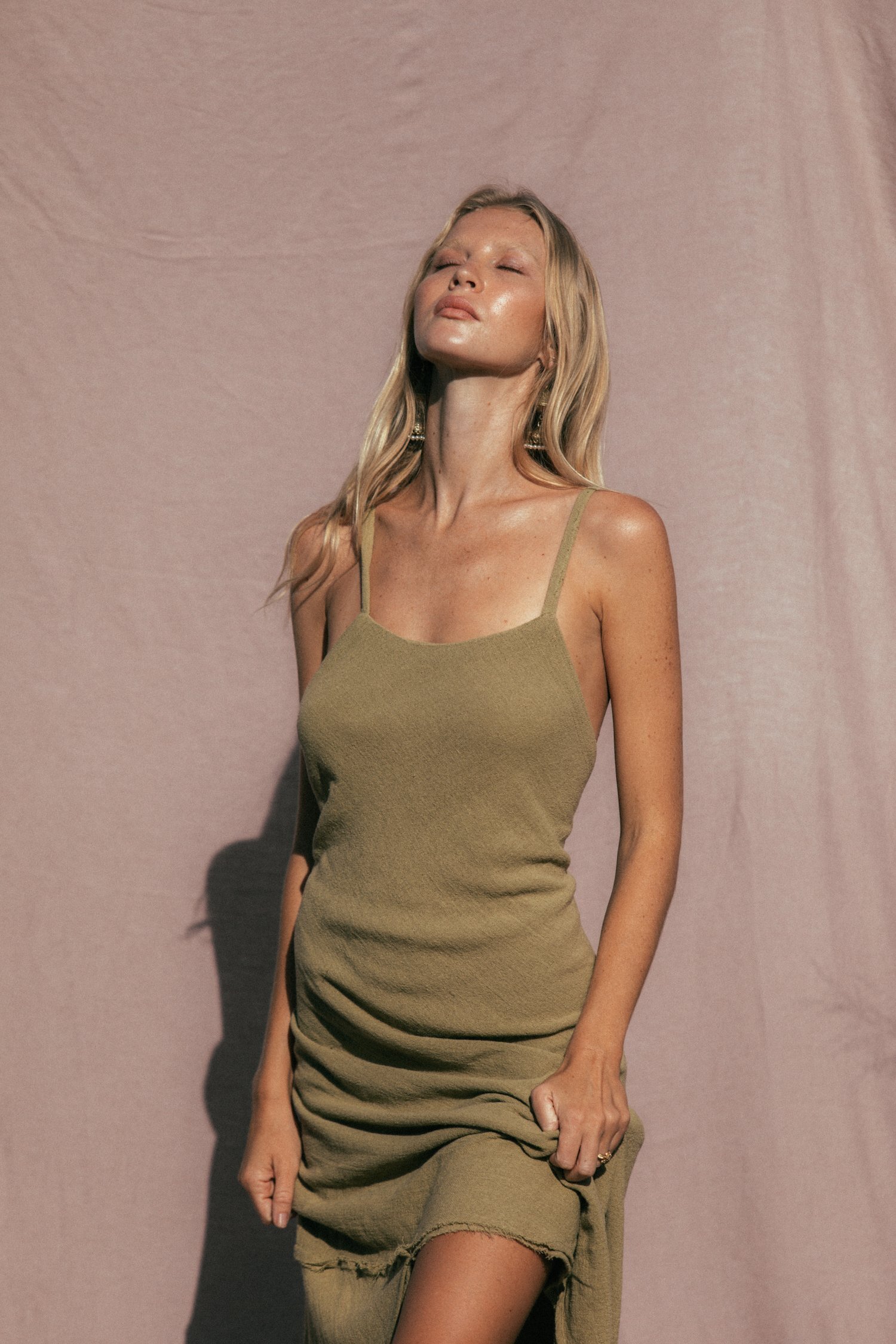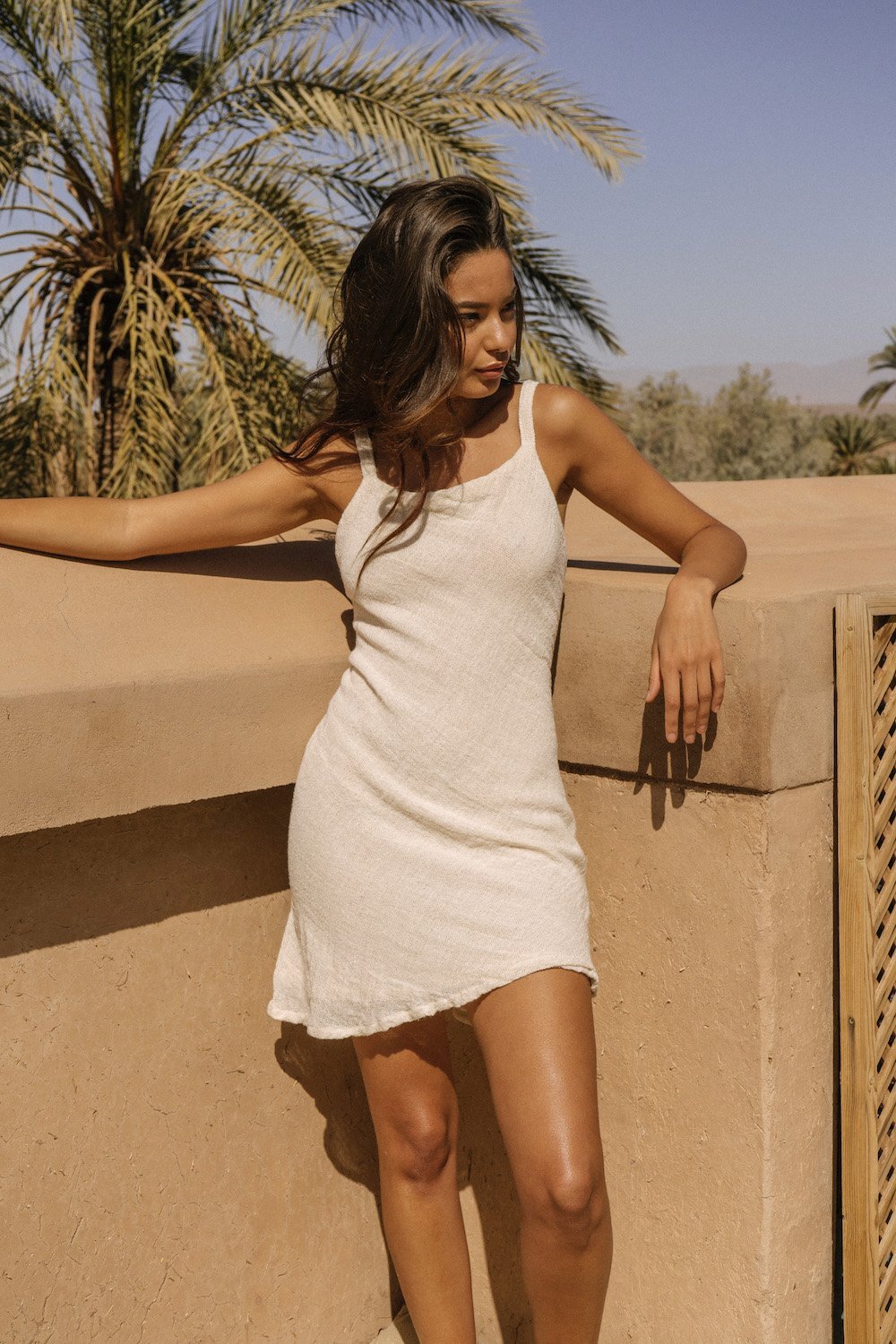A Guide to Sustainable Fabrics
Did you know sites like & Other Stories, Urban Outfitters, Shopbop, and Ann Taylor carry sustainable clothing? There are a lot of brands and retailers out there making the shift towards sustainability. But they’re not making a big deal about it. Blink and you just might miss the cute sustainable clothing they now offer.
So we came up with a quick guide on eco friendly fabrics. The next time you’re online shopping, take a look at the product details to see if that cute dress you’re eying is made from one ore more of these fabrics!
RECYCLED COTTON
Cotton is one of the most used fabrics in the clothing industry. However, it takes a lot of water and pesticides to grow cotton. Organic cotton is a great alternative, since it avoids the use of chemicals that are harmful to the earth and to our bodies. But if you want to go one step further, look for recycled cotton. It saves a ton of water and energy in comparison to regular and organic cotton and diverts fabric that would be tossed into landfills back into our closets!
We’ve found that recycled cotton is often used in basics like denim, t-shirts, and sweats.
LINEN
Linen is a natural fiber made from flax plants. It requires minimal amounts of water and chemicals to grow. And if left untreated is fully biodegradable.
We mostly find linen blended with other fabric, like cotton, in breezy summer pieces like dresses, trousers, and blazers.
NATURAL RAMIE
We’ve also seen this called Rami Linen, depending on where you’re shopping. Either way, it is another natural fabric very similar to linen. It’s made from the stalks of the Chinese Nettle plant and has been used for thousands of years in countries like China and India. It’s very breathable, almost like wearing a more durable version of gauze.
TENCEL
This is one of the newer synthetic fibers. You might also see it listed as Lyocell or Modal. It’s created by using sustainably sourced wood pulp and requires less water in the production process.
Tencel is usually blended with other fibers to improve softness and moisture absorption.
RECYCLED POLYESTER (RPET)
Most commonly made from post consumer plastics like water bottles, or anything with the #1 recycle symbol on it. We absolutely love this material for keeping plastics out of landfills and the ocean!
We commonly see RPET mixed with something stretchy like elastane for high performance active or swim wear.



